

Mobility aids are equipment and tools that make it easier for you or a loved one to get around from one place to another. They are there to offer support to help with walking or to help you get around when walking any kind of distance isn't an option.
There are a variety of different types of mobility aids available and, as no one person is the same, it may take a little research and investigation to find which one is most suited to your unique needs and requirements.
Anyone who feels they may benefit from a mobility aid will likely find the support they need by using one. If you or a loved one are finding that walking any kind of distance is becoming a struggle, then a mobility aid may be able to help support you. Whether that's a walking stick or crutch to help with stability or a wheelchair to get you from A to B, anyone in need of support to keep themselves mobile should consider a mobility aid.
There is no age restriction around who can use a mobility aid, only a consideration of what size and style of mobility aid you may need.
There is no shame in needing extra help to get around.


There are a variety of mobility aids and equipment available, including:
Each of these mobility aids comes in a wide variety of different styles and designs, with an array of features available depending on what type you get. It can be more than a little overwhelming, which is why we've put together guides to help you narrow down your options.
Walking sticks are probably one of the more well-known types of mobility aid that people use to help make it a little easier to get around. You may already be familiar with the classic "shepherd's crook" style of wooden walking sticks, but there are a wide variety of other types and styles available to choose from, including those with different grip styles and even walking sticks with seats.
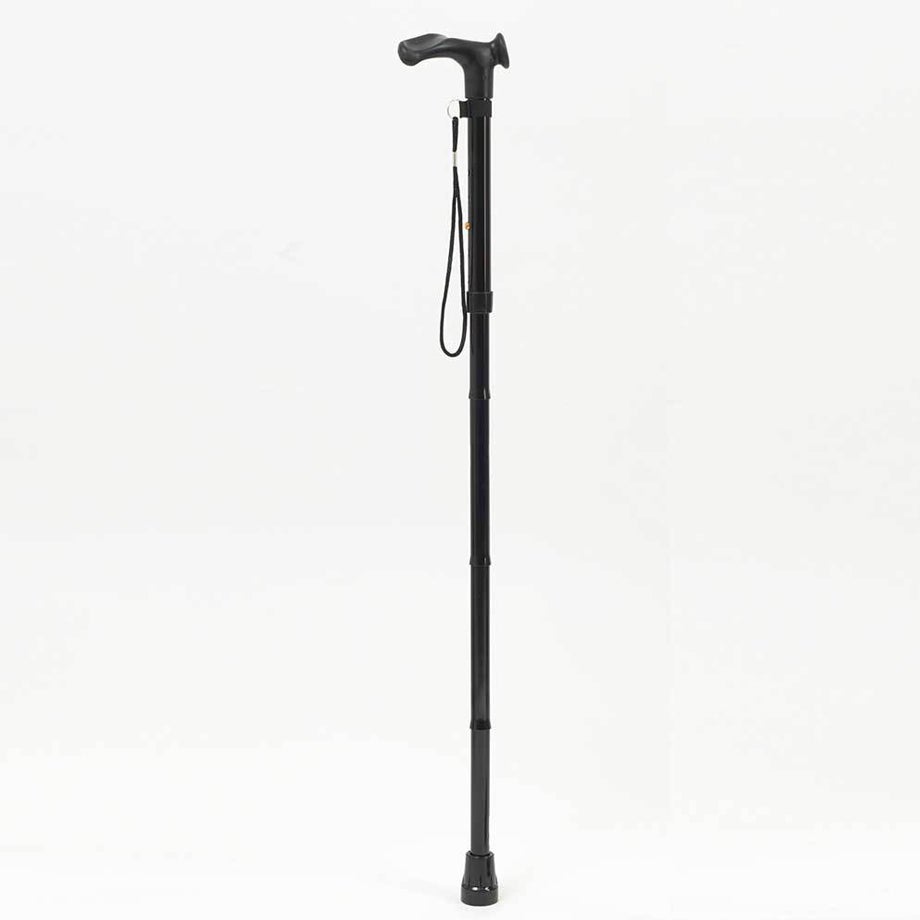
A walking stick can help to offer you greater stability while you're out and about, useful if you have an injury or condition that makes balancing difficult.
People tend to only use one walking stick at a time (there are exceptions to this) and if you find that you may need to use one for each hand, you may wish to consider using a rollator or walking frame instead for extra stability.
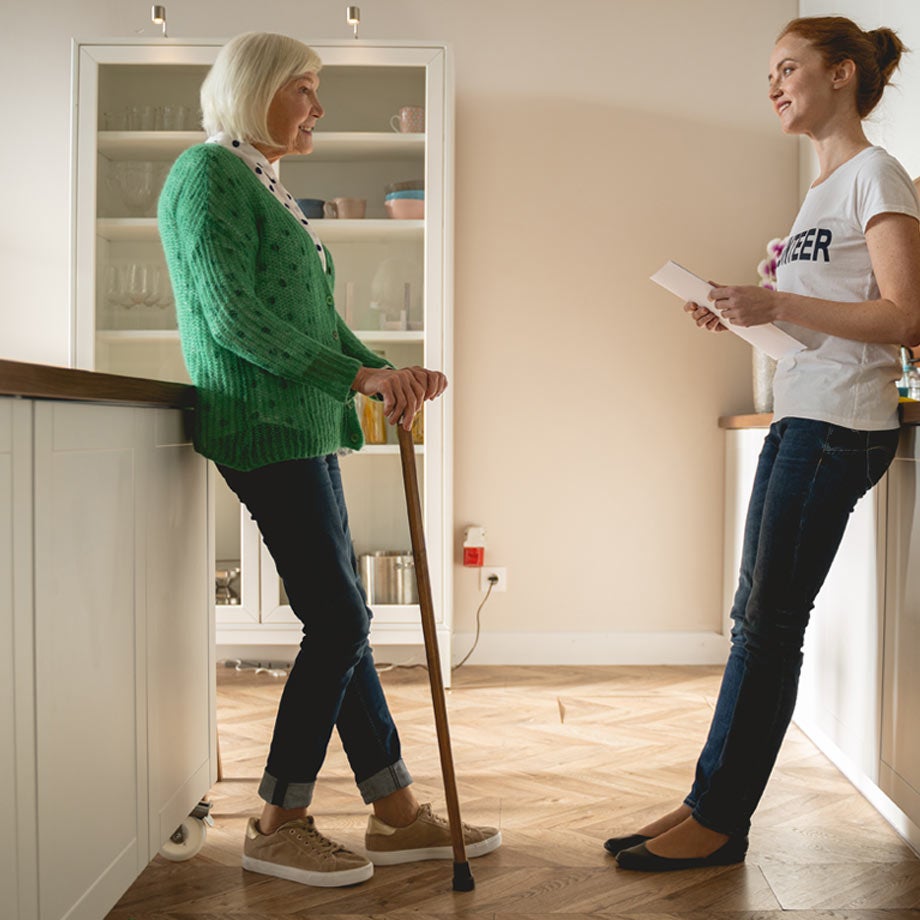
Curious about the different types of walking stick available or looking to find out how to successfully measure yourself for a walking stick? Read our essential guide below to get the complete lowdown on this useful mobility aid and how it could help you.

Whether you have one side weaker than the other or use a walking stick for balance, making sure you know how to use a walking stick correctly will help you to feel safe and confident. This guide from our in-house Occupational Therapist, Sharon, explains how to walk with a walking stick, as well as detailing some important safety and maintenance tips.

Walking sticks are mobility aids that can help you to move around independently, providing essential support with each step. However, there are many different types of walking sticks, leaving some people a little confused as to which one is right for them. To help you out, we’ve put together a brief guide to the different types of walking sticks that are available to help people maintain their personal mobility.
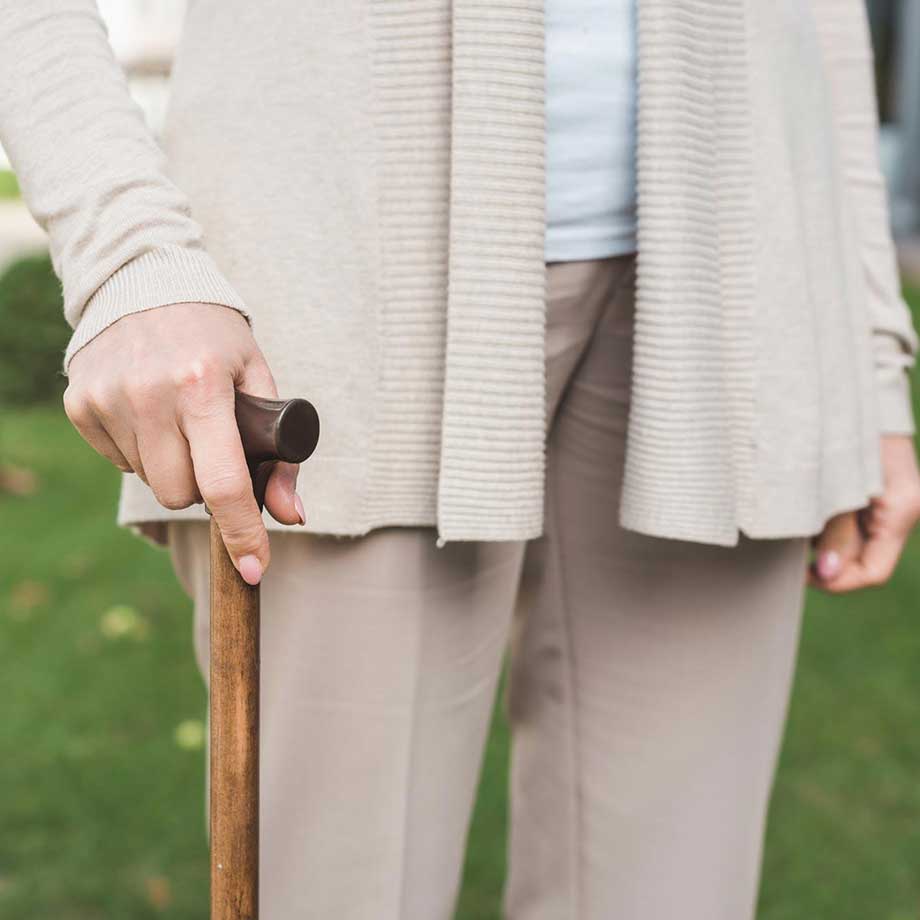
Crutches are a useful mobility aid that are typically used by those who don't have full strength in one or both of their legs, whether through illness or injury. Some types of crutches are very similar in look to a walking stick, like elbow crutches, although that type of crutch also usually features a cuff at the top that you put your arm through for added security when using it.
Other types of crutches include the underarm crutch, which hooks underneath your arms to support you as you walk, and forearm support crutches, where your weight is taken mostly by the forearm pad instead of your hands and wrists.
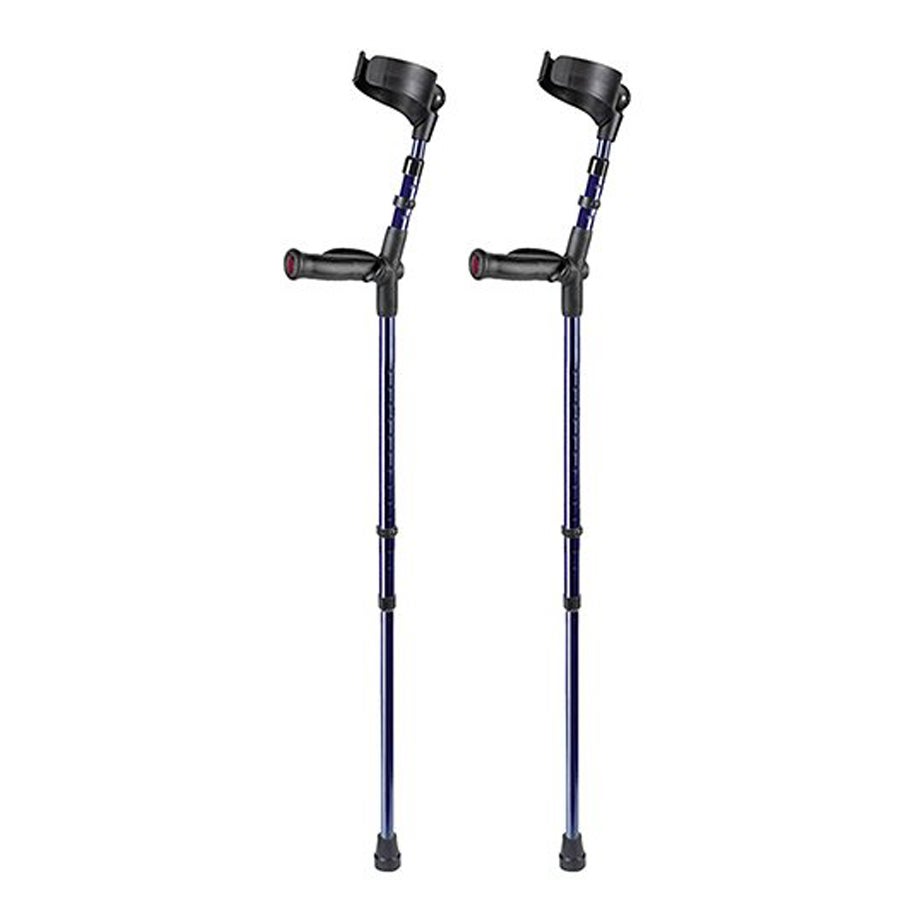
Anyone who has an illness, disability or injury to their legs may find crutches useful. Crutches are fully weight-bearing and can help you walk by keeping the weight off your bad leg or compensating for a missing leg.
If you need help getting around and have the necessary upper body strength to support yourself, you may find crutches a useful mobility aid to consider.

Do you have a friend or loved one who may find crutches helpful? If you want to help them but aren't sure where to start, read our guide to learn more about crutches, including how to use crutches, the different types, and how to get the right size for your loved one.
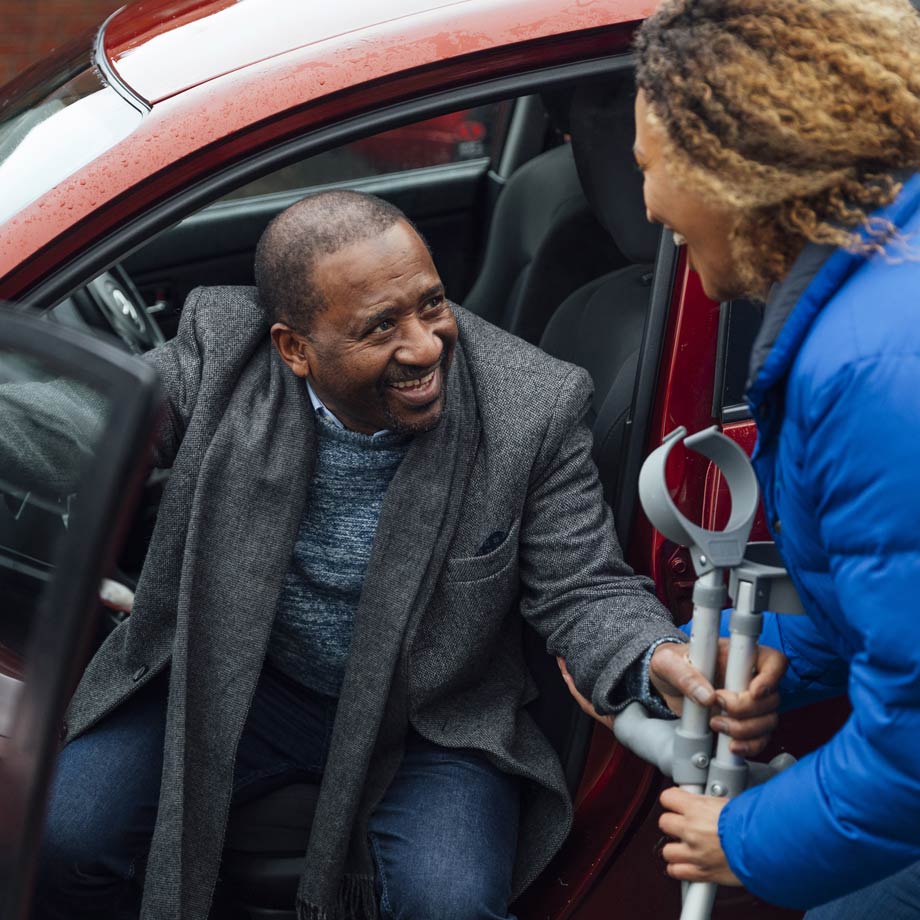
Walking frames (also sometimes known as a "zimmer frame") are metal-framed mobility aids designed to offer sturdy support to help people get from place to place. Walking frames usually have four legs with rubber ferrules on the end, although there are also models available that have wheels on the front two legs instead of ferrules.
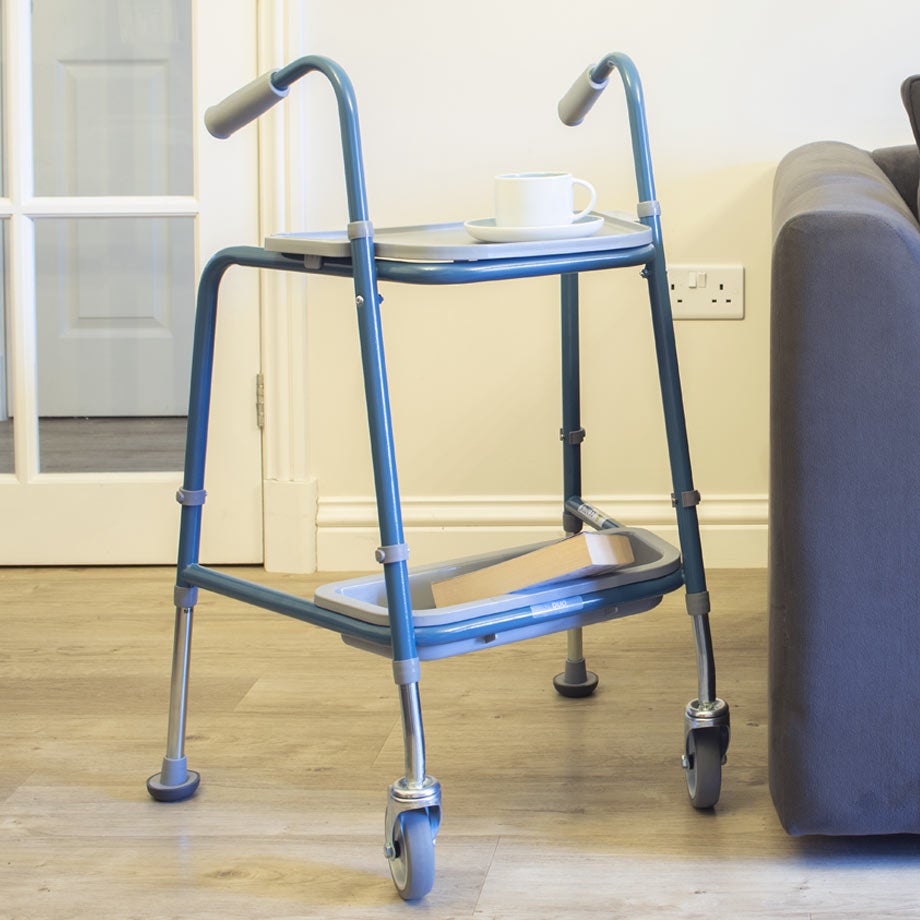
If you need help and support in standing upright and walking, then you may find a walking frame useful as they can help you keep your balance when walking. The majority of walking frames are suitable for indoor use and there are narrower frames available if you have tight spaces to manoeuvre round at home. If you're planning on using it outdoors as well be sure to check the product description as not all of them may be designed for use outside.

Read our guide to walking frames to learn how to use a walking frame, the safety considerations you need to keep in mind, how to choose the right walking frame to meet your needs and more. This comprehensive guide is on hand to help you decide if a walking frame is right for you and what some of your options are when it comes to choosing the right one.

Rollators are a type of wheeled walking aid that help make it a little easier to get around. Most rollators are designed for use outside, though there are some available that have been specifically made for indoor use. They come in a huge variety of styles and designs, with an array of different features and accessories, so you can find one that meets your unique needs.

Anyone who doesn't have severe balance issues but needs support while walking could find a rollator useful. They're also a handy mobility aid to try if you find that lifting a walking frame is too difficult as rollators are wheeled, so you can push them around. Not only this but many rollators come with seats, which means you can take breaks when you need to if you find it tricky to walk without pausing to rest every so often.
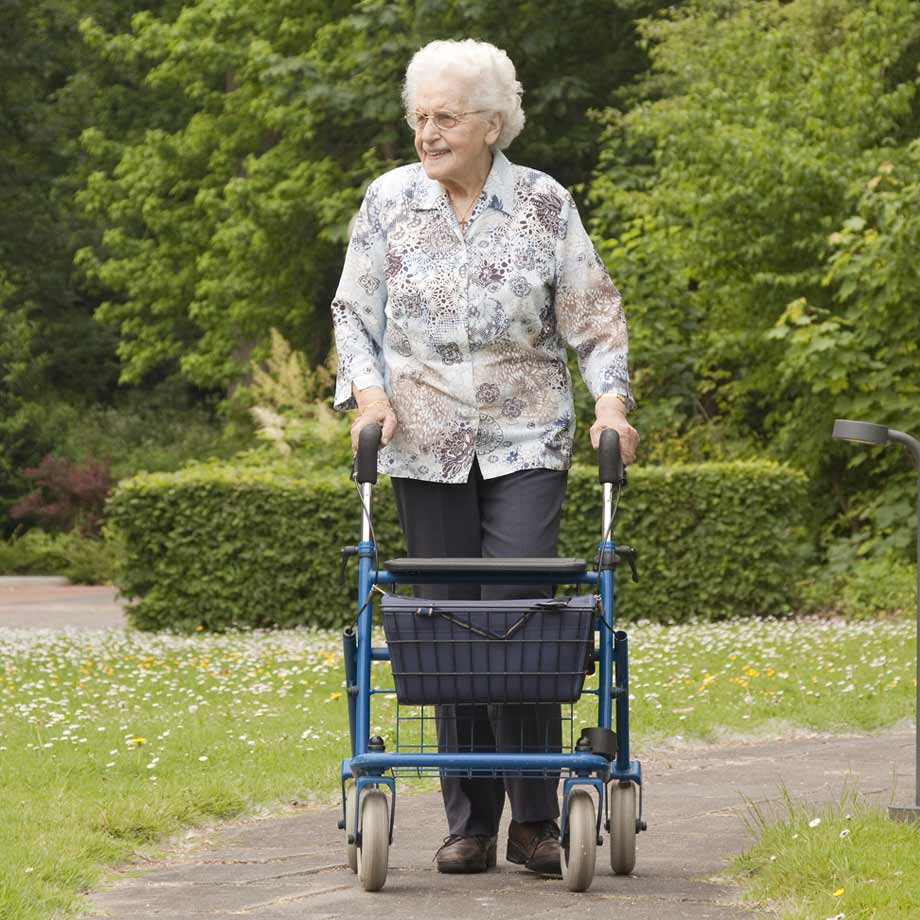
There's a huge variety in design and style of rollator and it's easy to get overwhelmed by choice. Read our buying guide to learn about some of the major differences between rollators, how to measure yourself for one correctly, and what things you should consider and take into account before choosing one.

Considering buying a rollator for a loved one but aren't sure where to start? Read our guide to find out everything you need to know about rollators, including a deeper look at some of the different accessories and features that are available with certain types of rollator.
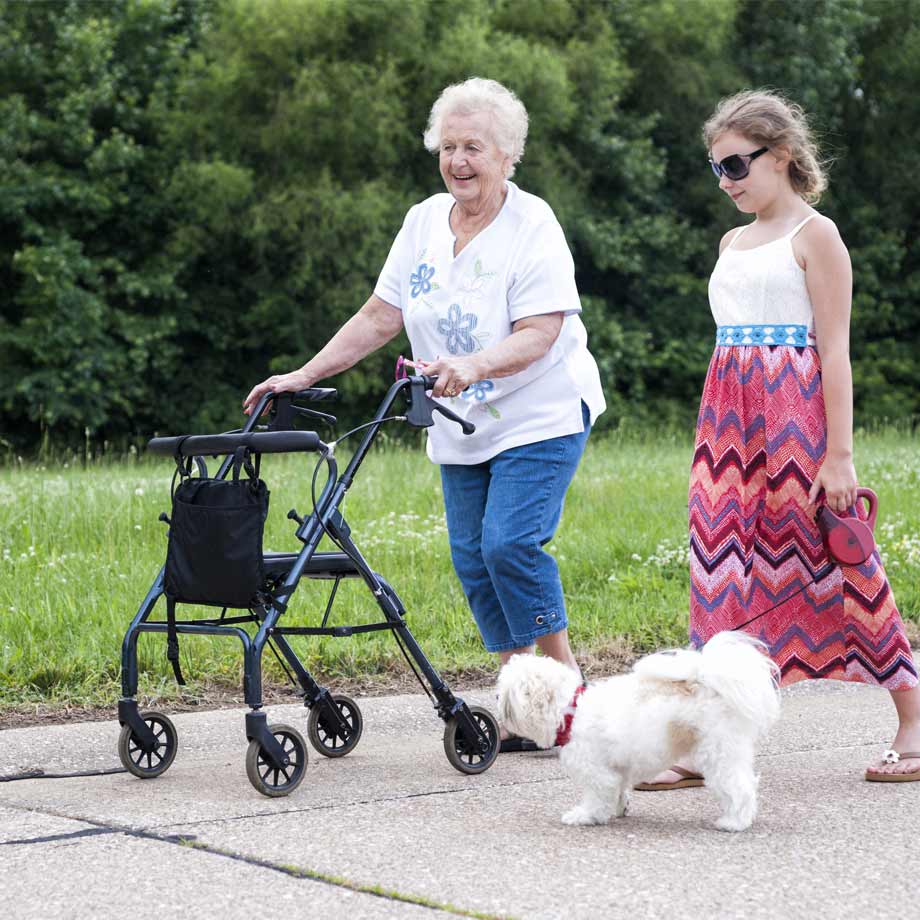
Having the right rollator can help you to enjoy your independence again, but with so many options to choose from it’s tricky to know which one will be right for you. Relax, we’ve got you covered. We’ve put together a list of our best rollators to help you find your perfect fit and keep you on the move.
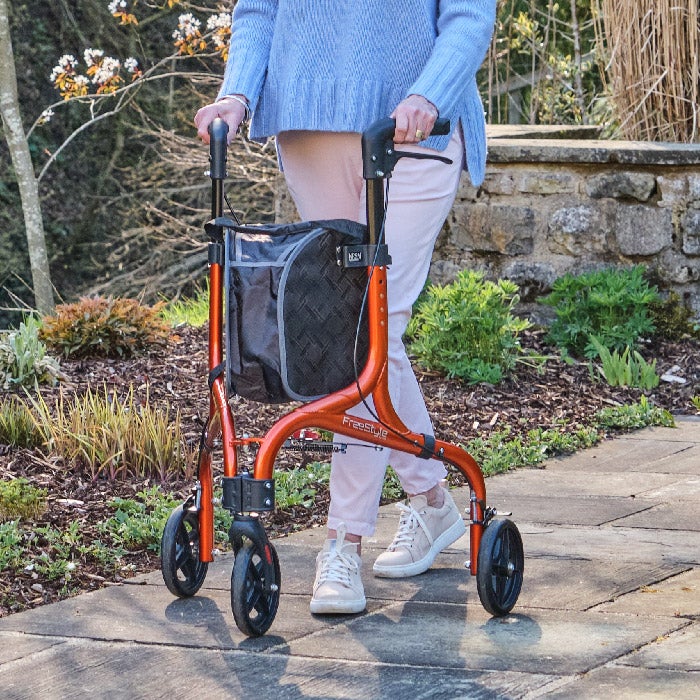
Wheelchairs are one of the most recognisable types of mobility aid, designed to help people get from one place to another, whether self-propelled or attendant-propelled. There is a huge range of wheelchairs available to accommodate a wide range of needs, from more classic attendant-propelled wheelchairs all the way through to high-tech specialist powerchairs.
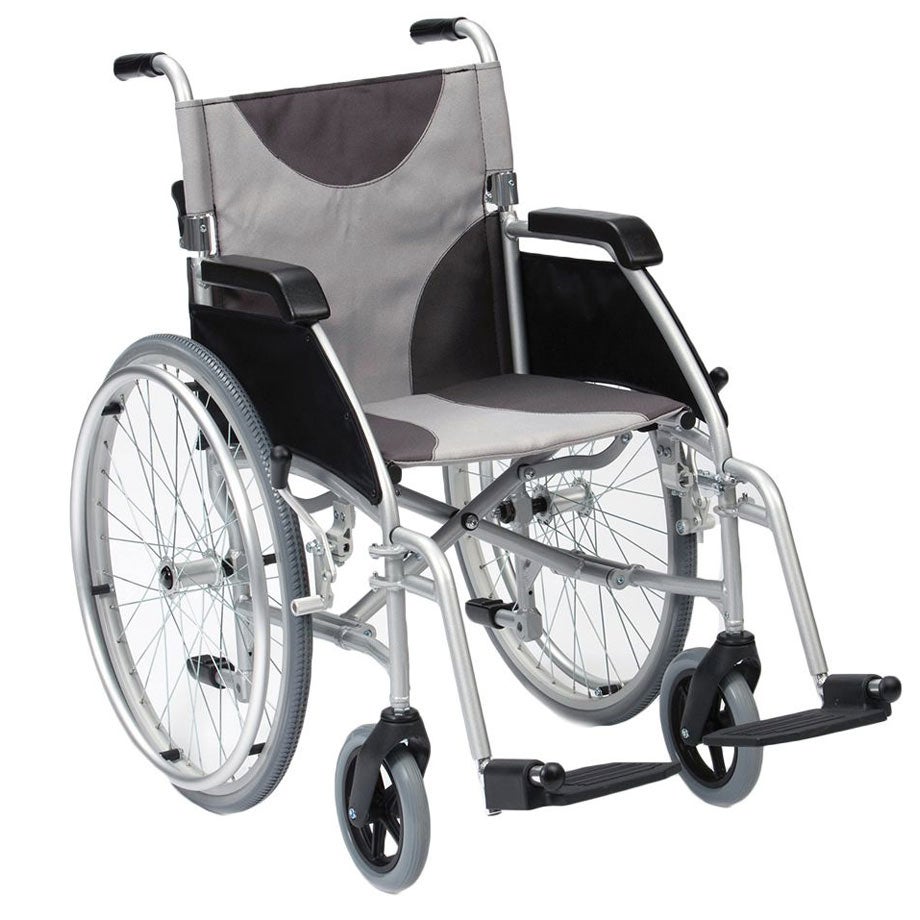
Anyone can use a wheelchair, but the type of wheelchair you may need will depend on a variety of factors, including whether your time in a wheelchair will be temporary or long-term, if you want to be able to self-propel or if you'll need a wheelchair to be attendant-propelled (pushed by someone else), and ultimately what the wheelchair will be used for. It's important to think carefully about what you want from a wheelchair before purchasing one, to make sure you get the right one for your needs.

Specialist wheelchairs could be self-propelled wheelchairs or electric wheelchairs that can usually be customised to suit the person using it. This type of wheelchair tends to have a variety of features aimed at those who will be permanently in need of a wheelchair, but can range from power chairs for everyday use through to active wheelchairs designed for people wanting to keep up with a sportier lifestyle.
This type of wheelchair requires a home assessment. You can find out more about our free home assessments and book yours by clicking on the link below.
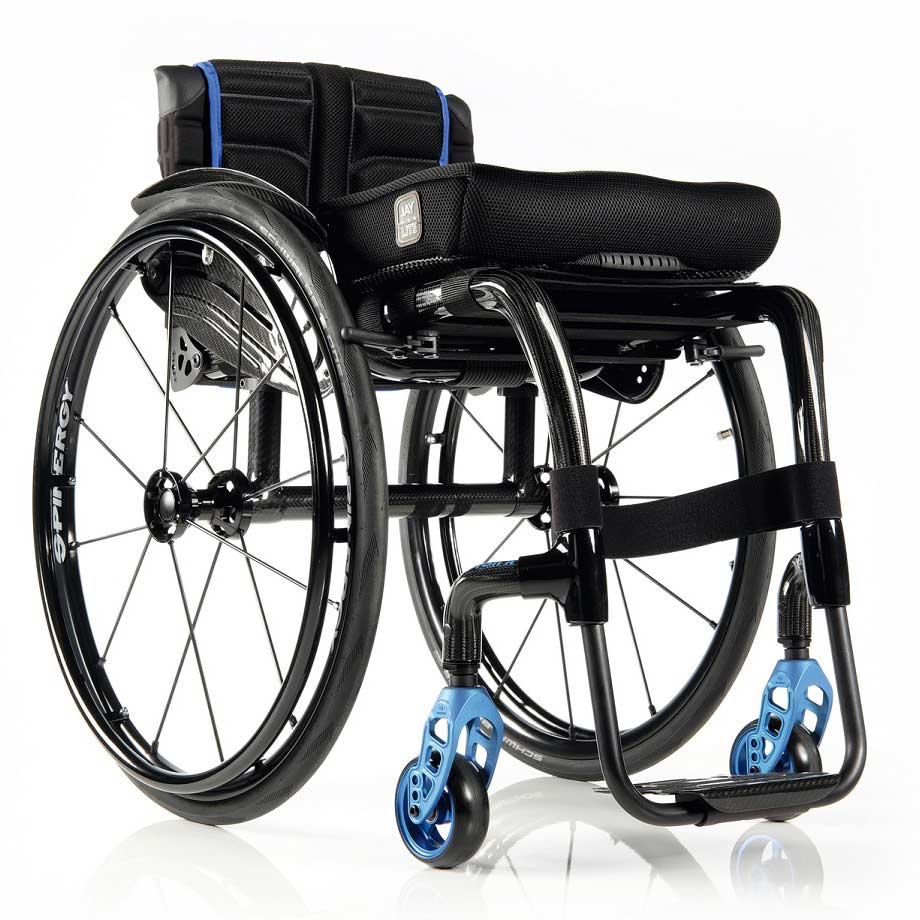
If you already own a manual wheelchair but would like the option of a powered one, then wheelchair power add-ons may be what you're looking for. These wheelchair accessories are designed to fix to your existing chair - especially useful if you have an existing custom chair you're not interested in giving up yet. Read our article to learn more about our top 5 must-have power add-ons.

If you choose a powered wheelchair, you'll need to learn how to take care of the battery so that it doesn't let you down at a crucial moment. We've put together a series of tips and recommendations to help you keep your battery in tip-top condition for as long as possible.
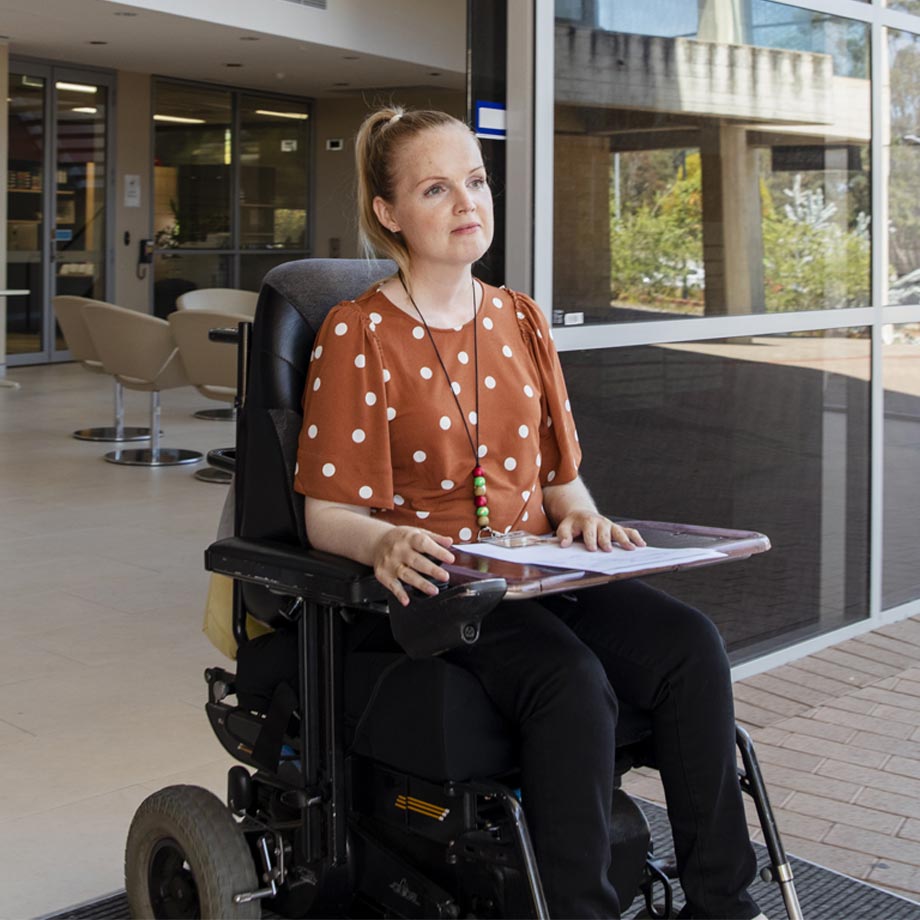
Choosing the right wheelchair for your needs is a big decision – something which needs to be considered carefully and discussed with a professional to understand what type of wheelchair can offer you the best support.
In this guide, we will explain the different types of wheelchairs available in an effort to help you figure out how to choose the right wheelchair for you or your loved one.

Standard wheelchair width is never one-size-fits-all, so choosing the right size wheelchair for your needs can be the difference between one that’s comfortable and fit for purpose and one that just isn’t quite right. With a little time and consideration, you can find the right size wheelchair that’s ideal for your needs.
To find out how to choose from these mobility aids to best meet your needs, read on for Complete Care Shop’s full wheelchair sizing guide and advice.
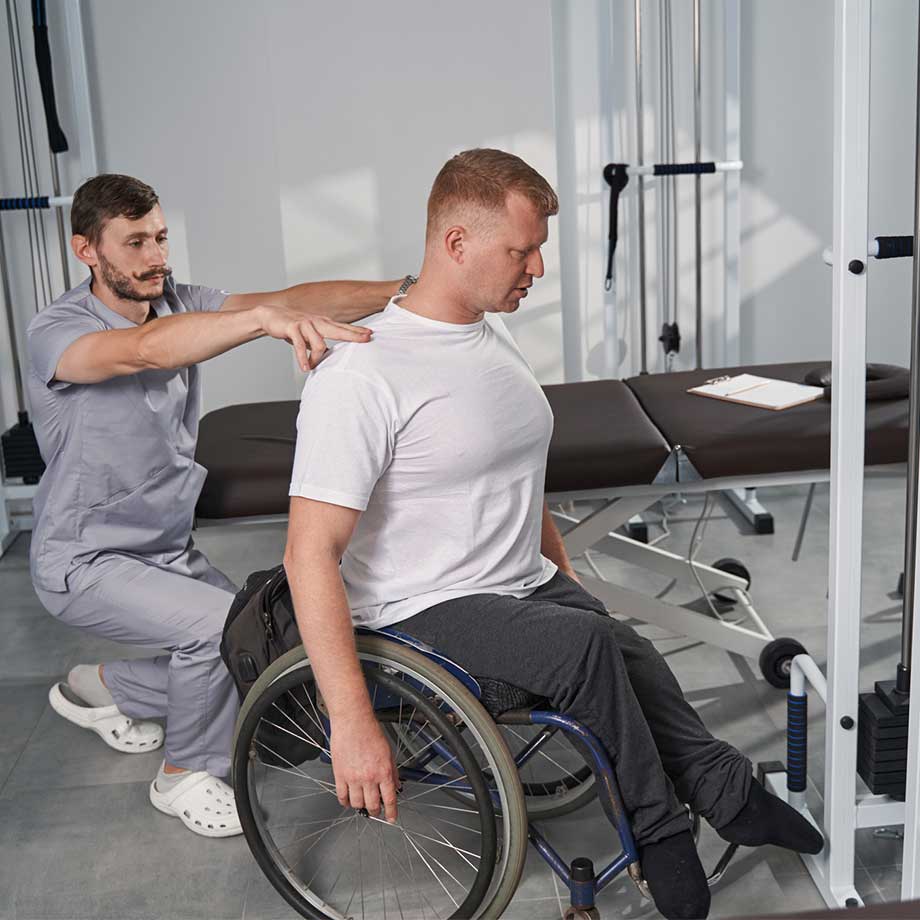
Mobility scooters are motorised mobility aids designed to help you get from A to B. There are various types of these mobility aids available, and one of the biggest divisions between them is whether or not they can be used on the road. Class 2 mobility scooters can only be used on pavements, while Class 3 mobility scooters are allowed on the road.

Ideally, to use a mobility scooter, you need to be able to transfer on and off it on your own. Government guidance also advises that you can only use a mobility scooter if you find it difficult to walk due to injury, disability or medical condition.
The good news is that even for Class 3 mobility scooters that can go on the road, you don't need a drivers licence to operate one.

If someone you care for is living with mobility issues and you think a mobility scooter could help, this guide is on hand to answer all your questions. From the different types of mobility scooters available to the batteries and accessories on offer, this guide will help you decide if a mobility scooter might be suitable for your loved one.

If you have a mobility scooter or are considering buying one soon, it’s important to understand where mobility scooters can be used. In this guide, we’ll cover all of the major questions new mobility scooter users commonly ask themselves when navigating towns and cities.

NRS Healthcare has over 120 Occupational Therapists nationwide. We work with them, bringing their expertise to you through our Expert Advice Service, so that you can get help and advice on whether the product you're looking to buy is right for your unique needs.
Find out moreWe work with NRS Healthcare's professional team of Occupational Therapists to undertake these bespoke consultations via a video call in your home. Working with you or a loved one they expertly assess the environment and the goals you/they want to achieve around the home. From making it easier to cook dinner to staying safe while bathing, we want to keep you or a loved one independent and at home for longer.
Purchase a consultation